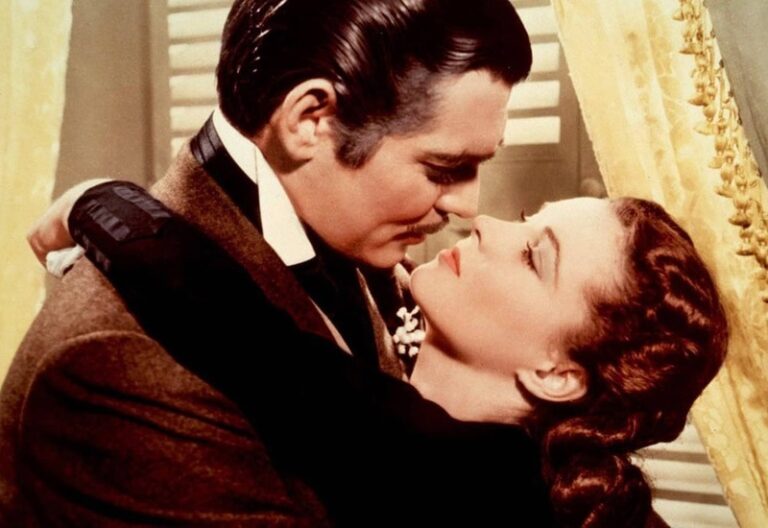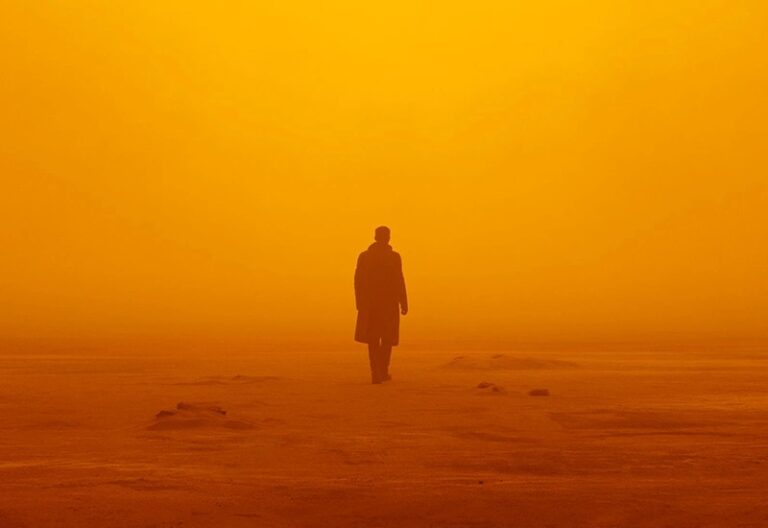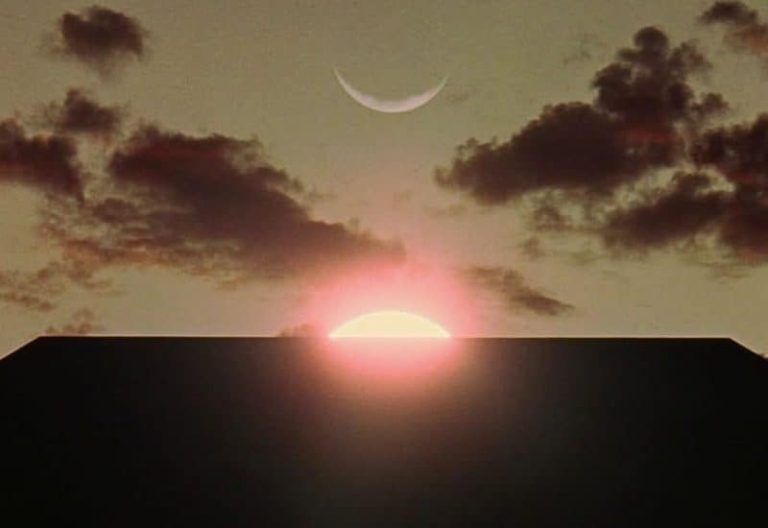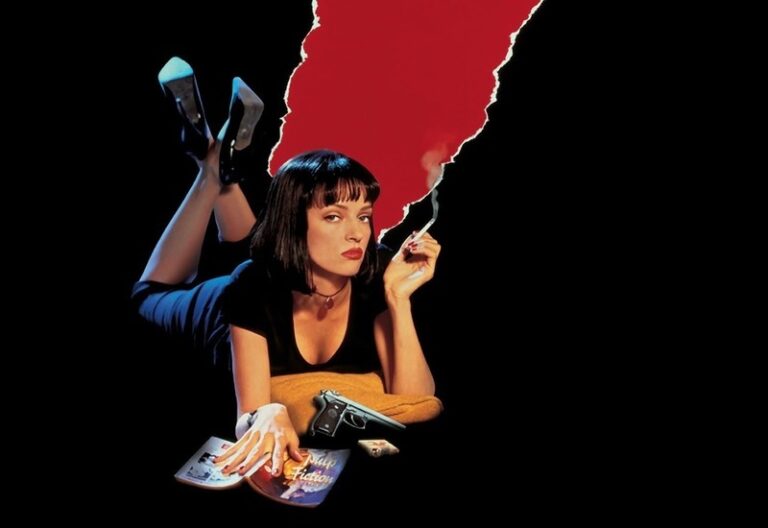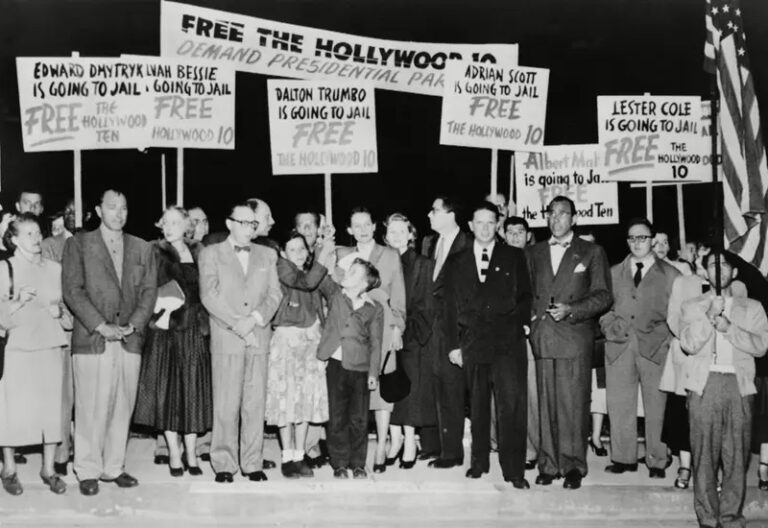what is technicolor?
Technicolor’s origins trace back to the 1915 when Herbert Kalmus, Daniel Frost Comstock, and W. Burton Wescott founded the Technicolor Motion Picture Corporation. The company aimed to revolutionize film by introducing color, which, at the time, was a complex and challenging goal.
Published by: CinemaWaves Team | Filed Under: Film Blog
Origins and Development of Technicolor
The first successful Technicolor process was a two-color system that combined red and green hues, which could only produce a limited color spectrum. This process was first used in the short film “The Gulf Between” (1917). Although it was a technical achievement, the process was expensive and required special projection equipment, limiting its adoption.
The company’s real breakthrough came in the 1930s with the development of the three-strip Technicolor process. This innovative method used three separate strips of black-and-white film, each capturing one of the primary colors—red, green, or blue. These strips were then combined to produce a full-color image with rich, vibrant hues.
The three-strip process was first demonstrated in the Walt Disney animated short “Flowers and Trees” (1932), which won an Academy Award and marked the beginning of Technicolor’s golden age. This process was perfected and became the standard for color filmmaking, starting with “Becky Sharp” (1935), the first full-length feature to use the three-strip Technicolor process.

Characteristics of Technicolor Film
The three-strip Technicolor process became renowned for its rich, saturated colors that were far more vivid and stable than earlier color processes. The system involved a complex and expensive production technique, requiring a special camera that exposed three separate negatives simultaneously.
The resulting negatives were then combined in post-production to create a single, full-color image. The process also required intense lighting on set to properly expose the film, contributing to the characteristic bright and saturated look of Technicolor films.
One of the defining characteristics of Technicolor was its ability to render colors with remarkable clarity and depth. Reds were particularly vivid, and the overall color palette had a warmth and intensity that was unmatched by other color processes at the time. This made Technicolor the go-to choice for filmmakers who wanted to create visually stunning films, particularly in genres like musicals, epics, and fantasy films.

Famous Technicolor Films
“Becky Sharp” (1935): Technicolor’s impact on cinema began with “Becky Sharp”, the first feature-length film to fully utilize the three-strip Technicolor process. Directed by Rouben Mamoulian, it marked a significant milestone in the industry. Its vibrant color palette brought a new level of realism and visual appeal to the screen, setting the stage for future color films.
“Snow White and the Seven Dwarfs” (1937): As the first full-length animated feature, it showcased the process’s potential to create a magical, immersive world through color. The success of Snow White demonstrated how Technicolor could enhance storytelling by adding depth and emotion to the animated characters and settings.
“The Wizard of Oz” (1939): Perhaps the most famous Technicolor film of all time. The movie’s transition from the sepia-toned Kansas to the Technicolor wonderland of Oz remains one of the most memorable moments in film history. The vibrant greens of the Emerald City, the bright yellow of the Yellow Brick Road, and the ruby red of Dorothy’s slippers became synonymous with Technicolor’s ability to create visually stunning worlds.
“Gone with the Wind” (1939): It also used Technicolor to magnificent effect, particularly in its lush depictions of the American South. The film’s grand, sweeping visuals—from the fiery red skies of Atlanta burning to the verdant green of Tara’s fields—showed Technicolor’s ability to enhance the epic scale of the narrative. This film became a benchmark for Technicolor’s use in historical and romantic epics.
“Singin’ in the Rain” (1952): In the 1950s, Technicolor continued to be the gold standard for color films, with musicals like “Singin’ in the Rain” (1952) serving as prime examples. The film’s famous dance sequences, particularly Gene Kelly’s iconic performance in the rain, were brought to life with the vivid hues that only Technicolor could provide.
“The Red Shoes” (1948): Another significant film of the era. It is a masterpiece of color cinematography, using expressive colors to mirror the emotional intensity of its story about a ballerina torn between love and her art. The use of Technicolor was crucial in creating the film’s dramatic and fantastical atmosphere.
Death and Legacy of
Technicolor
Technicolor’s influence on the film industry was really transformative. By introducing the vibrant world of color to the silver screen, it enhanced the visual appeal of films, and also changed the way stories were told. Filmmakers began to see color as an integral part of their storytelling toolkit, using it to convey mood, symbolize themes, and create more immersive cinematic experiences. The heightened realism and emotional resonance it brought to films set new standards in the industry.
The process required a high level of technical expertise and was more costly than black-and-white film, which meant it was often reserved for big-budget productions. However, the investment paid off, as Technicolor films usually became box office hits and critical successes, setting new standards for visual storytelling.
Despite the eventual decline of Technicolor with the advent of more cost-effective color processes like Eastmancolor in the 1950s, the legacy of Technicolor endures. The films produced during its peak are still celebrated today for their visual beauty and innovation. The rich, saturated colors of Technicolor films continue to influence modern filmmakers and are commonly referenced or emulated in contemporary cinema. Even in the digital age, the iconic look of Technicolor remains a symbol of the Golden Age of Hollywood and a testament to the transformative power of color in film.
Refer to the main page for more educational insights on filmmaking and cinema history.
In the early 20th century, a cinematic revolution was brewing in the Soviet Union. A group of visionary filmmakers, collectively known as the Soviet Montage School, gathered…
Cinematography is the art and craft of capturing visual images for film or digital media. It involves the use of cameras, lighting, composition, and movement to tell…
In the late 1960s and throughout the 1970s, until mid 1980s, a cinematic revolution unfolded in Hollywood that would forever change the landscape of the film industry. American New..
Pre-Code Hollywood is a period in the American film industry between the widespread adoption of sound in 1929 and the enforcement of the Motion Picture…
Postmodernist film emerged in the latter half of the 20th century, rooted in the broader cultural and philosophical movement of postmodernism. It started as a reaction to the…
The studio system was a dominant force in Hollywood from the 1920s to the 1950s. It was characterized by a few major studios controlling all aspects of film production…

